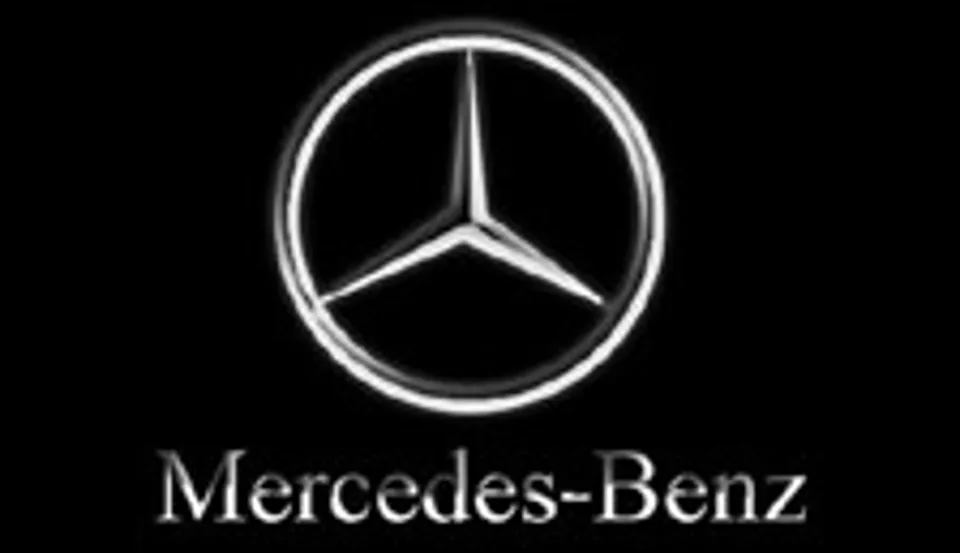Mercedes-Benz wants to lead the way in the zero tailpipe emissions market with a host of electric and alternative fuel vehicles that are close to production. The German firm has developed what it calls an E-Drive modular system, which it has fitted to a number of its existing vehicles.
E-Drive is an electric drivetrain that can be adapted for different vehicles. The company has already produced a small fleet based on existing models, all of which are close to production ready.
The Smart Fortwo Electric Drive is already on trial in the UK, while the next influx of electric and fuel cell models includes the A-Class E-Cell, the B-Class F-Cell, the Vito E-Cell van and the SLS AMG E-Cell supercar.
Shared components include electric motors, lithium ion batteries and charging systems, most of which are either based on or identical to the technology in the electric Smart.
Group research and development manager Dr Thomas Weber said: “The success of E-mobility stands and falls on customer acceptance, which essentially depends on three factors: everyday practicality, efficiency and a charging and refuelling infrastructure for power and hydrogen.”
Among the benefits for fleet operators should be significantly reduced running costs.
Servicing and maintenance costs should be lower, due to the lack of lubrication and moving/replaceable parts associated with internal combustion engines. Mercedes is conservatively estimating a lifetime of 10 years and 100,000km (around 60,000 miles), but that remains to be seen.
Although the cars feel close to production ready, Mercedes claims the technology still needs fine-tuning.
SLS AMG E-Cell
Not a fleet car (for most, anyway), but an indication of how far electric technology could go.
This electric version of Mercedes’ gullwing-door supercar, the SLS AMG E-Cell, is almost as powerful as its petrol equivalent. Its 526bhp, compared to the petrol version’s 563bhp, takes it to 62mph in 4secs, only 0.2secs more than the petrol.
Power comes from three lithium ion battery packs – one in the boot, one in the transmission tunnel and one at the back of the engine bay.
Four electric motors send power to the wheels, which are housed in pairs inside two ‘gearboxes’ – one at either end of the car. The SLS E-Cell isn’t confirmed for production but AMG is desperate to get it there.
A-Class E-Cell
The A-Class E-Cell is already in small-scale production – 500 examples are being built for a four-year trial, but not in the UK. If the trials go well then full production is expected to follow.
The E-Cell has two lithium-ion batteries, which have a range of around 160 miles from a full charge. There is no compromise in cabin space or practicality and the performance is competitive with combustion-engined versions of the A-Class – 214lb-ft of torque is available and 0-62mph takes 14 seconds.
Charging times are similar to those of the Smart.
B-Class E-Cell
An alternative to pure electric, the B-Class F-Cell uses fuel cell technology with an electric motor.
The combination of a hydrogen-powered fuel cell and an electric motor means performance on a par with a 2.0-litre petrol-engined car, so expect 134bhp and 214lb-ft of torque. Fuel consumption is equivalent to 85.6mpg and Mercedes claims a range of 240 miles.
The B-Class F-Cell is significantly further away from serious production than the A-Class, largely because of the lack of a hydrogen fuelling infrastructure. However, 70 models will be produced for trial by 2012.
Smart Fortwo Electric Drive
A limited number of models have been undergoing UK trials since December 2009. Aimed at urban users, it has a modest 30kW (40bhp) electric motor mounted at the rear.
The Fortwo can be recharged from any conventional mains socket and a full charge takes up to eight hours, for a range of up to 85 miles. A three-hour charge from the mains offers around 20-25 miles of driving.
Parent company Mercedes says that it will be available in close to 40 countries that already sell Smarts from 2012.















Login to comment
Comments
No comments have been made yet.